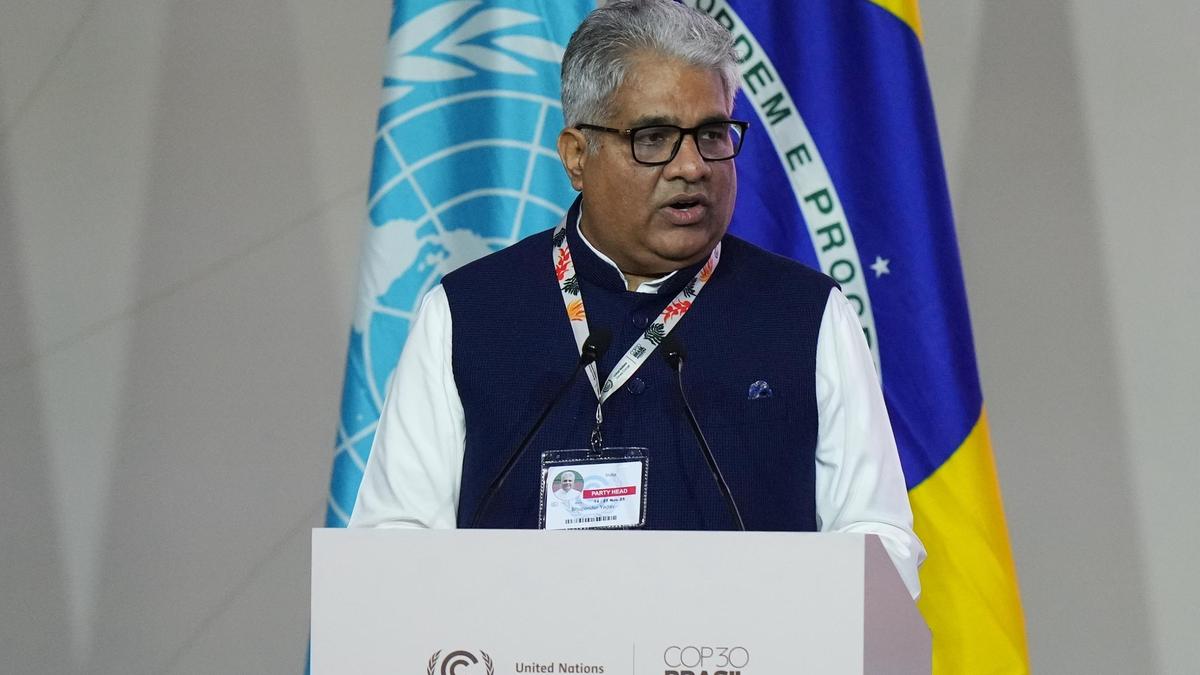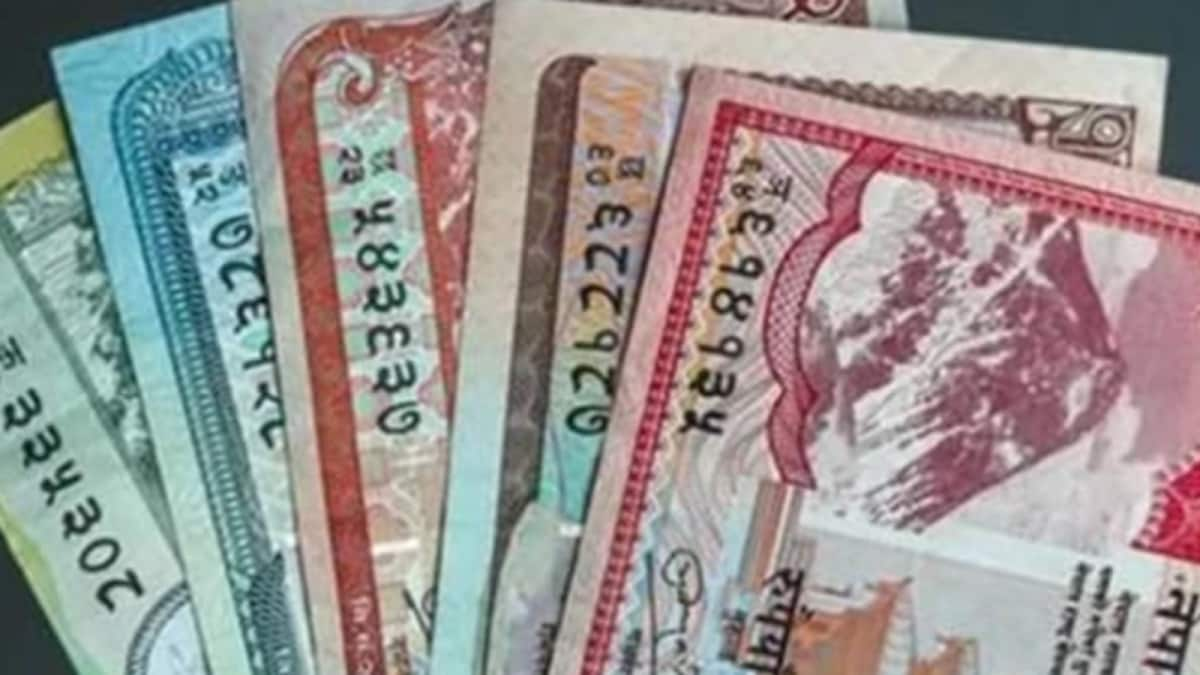Delhi Chief Minister Rekha Gupta on Monday (November 17, 2025) attacked the Punjab government over stubble burning at the Northern Zonal Council meeting, chaired by Home Minister Amit Shah, held in Faridabad.
“She (Ms. Gupta) said that states like Haryana, Rajasthan, and Uttar Pradesh have shown positive progress in crop-residue management in recent years, but the volume of smoke coming from Punjab remains significantly high,” the CMO said in a statement.
She expressed hope that all neighbouring States, especially Punjab and Haryana, would extend stronger cooperation to ensure cleaner air for Delhi.
Ms. Gupta sought cooperation from neighbouring States and measures to eliminate stubble burning, make interstate transport zero-emission, eliminate dust from major and minor roads connecting the States, and control pollution at nearby industrial facilities, according to the CMO.
The CM also highlighted Delhi’s push for a fully electric bus fleet and urged NCR cities to accelerate their transition to electric buses, taxis, and autos to bring about a substantial reduction in pollution.
“On the issue of drinking water supply, the Chief Minister stressed the urgency of renewing the 1994 water-sharing agreement. Considering Delhi’s growing requirements, she reiterated Delhi’s request to increase its share of Yamuna water from 980 MGD to 1250 MGD,” the statement said.
‘Very poor’ air continues
The overall air quality of Delhi continued to be in the “very poor” category on Monday (November 17, 2025) and it is likely to stay at the same level for at least the next three days, as per official data.
‘Severe’ level air pollution was recorded in Ghaziabad and several other cities of north India reeled under ‘very poor’ air quality, as per official data.
Air pollution of ‘severe’ category “affects healthy people and seriously impacts those with existing diseases”, as per the Central Pollution Control Board (CPCB).
Delhi’s 24-hour average air quality index (AQI) was 351 (very poor) at 4 p.m. on Monday (November 17, 2025), slightly down from 377 (very poor) a day earlier, as per the Central Pollution Control Board’s (CPCB) daily official bulletin, which is considered as a day’s official AQI. A higher AQI means an increase in air pollution.
An AQI between 51 and 100 is “satisfactory”, 101 and 200 is termed as “moderate”, 201 and 300 “poor”, 301 and 400 “very poor”, and 401 and 500 “severe”, as per the CPCB.
“The air quality is likely to be in the Very Poor category from 18.11.2025 to 20.11.2025. The outlook for the subsequent 6 Days: The air quality is likely to be in the Very Poor category,” said the Central government’s ‘Air Quality Early Warning System for Delhi’.
Every winter, air pollution spikes in Delhi-NCR and many parts of the larger Indo-Gangetic Plains (IGP), mainly due to meteorological factors such as lower wind speed and a drop in temperature. And pollution from stubble burning during October-November and bursting of firecrackers worsens it.

 2 hours ago
8
2 hours ago
8









 English (US) ·
English (US) ·